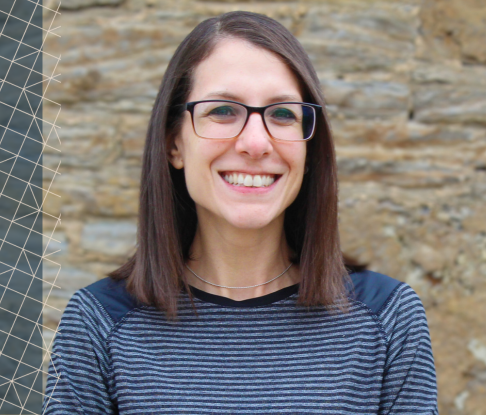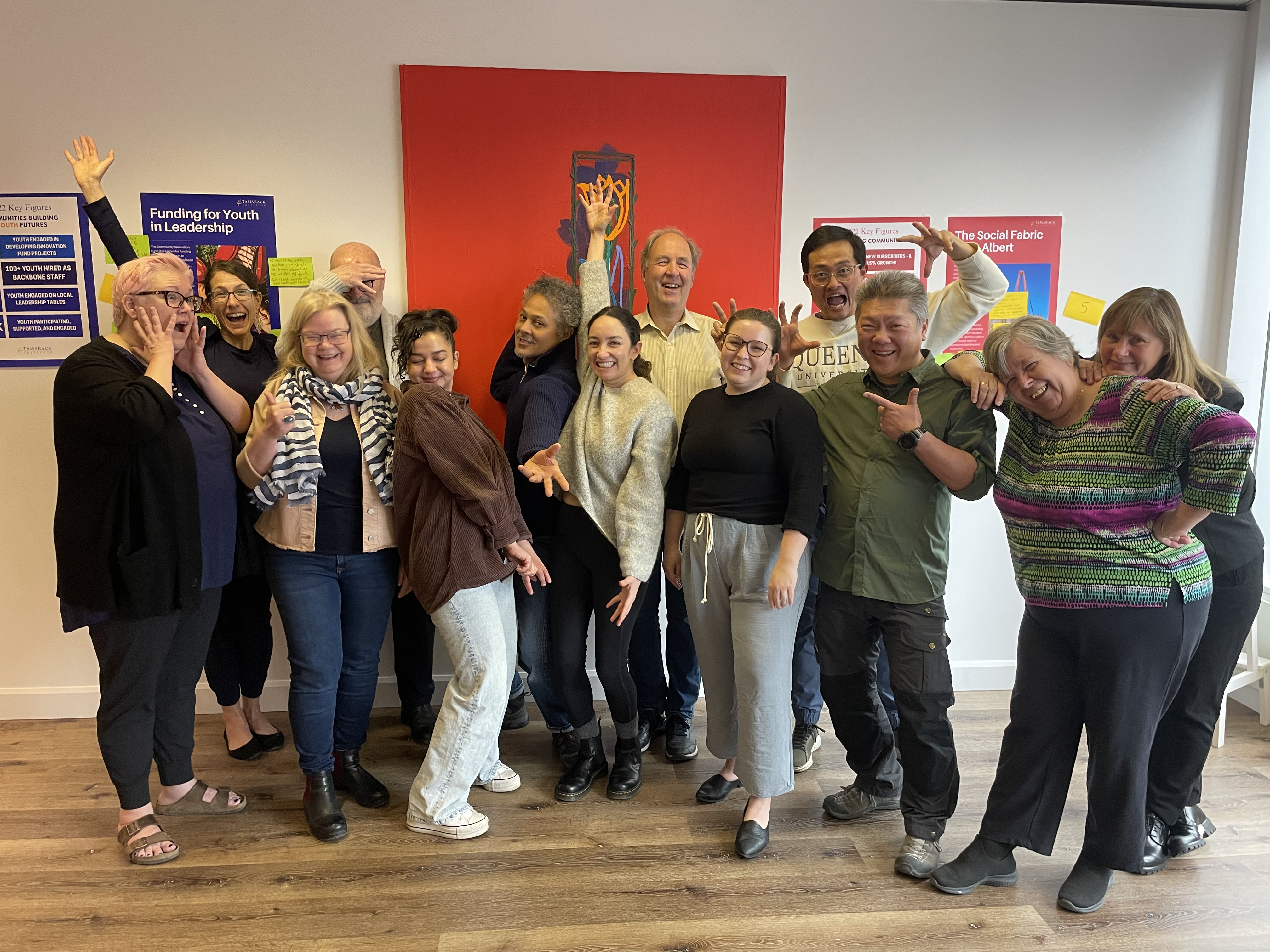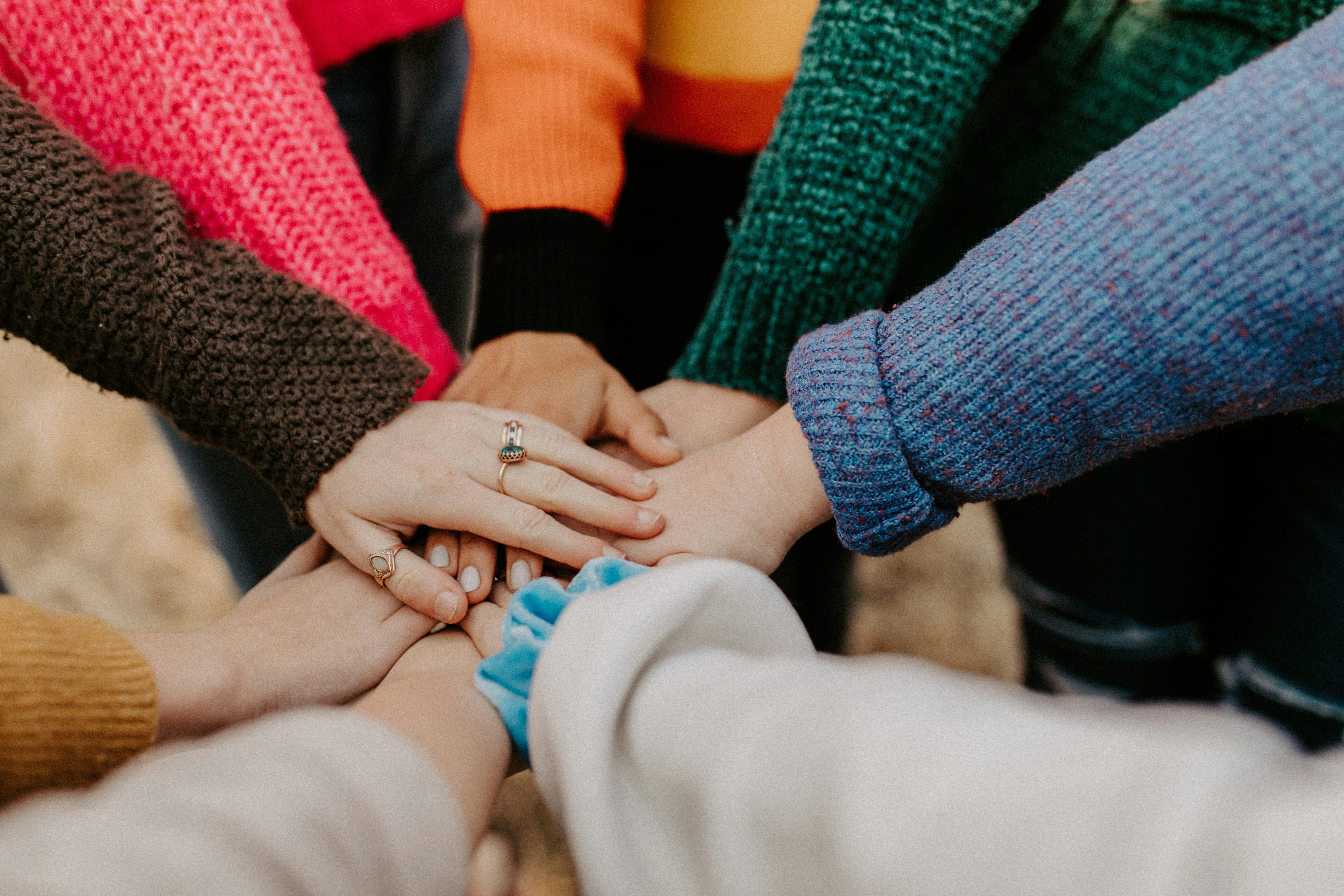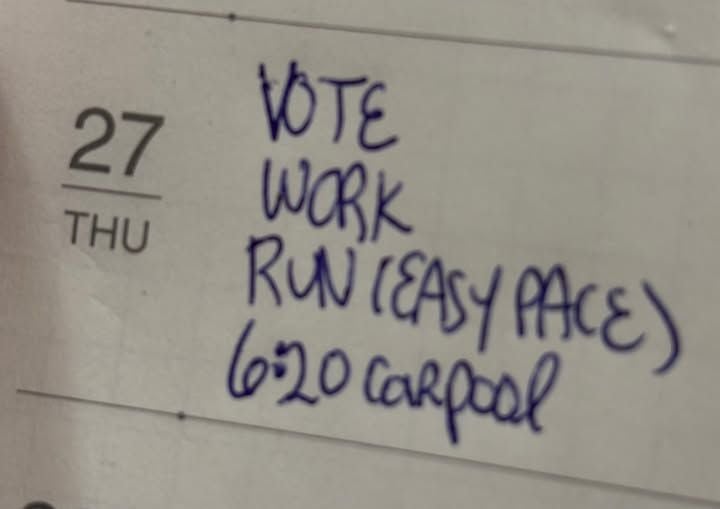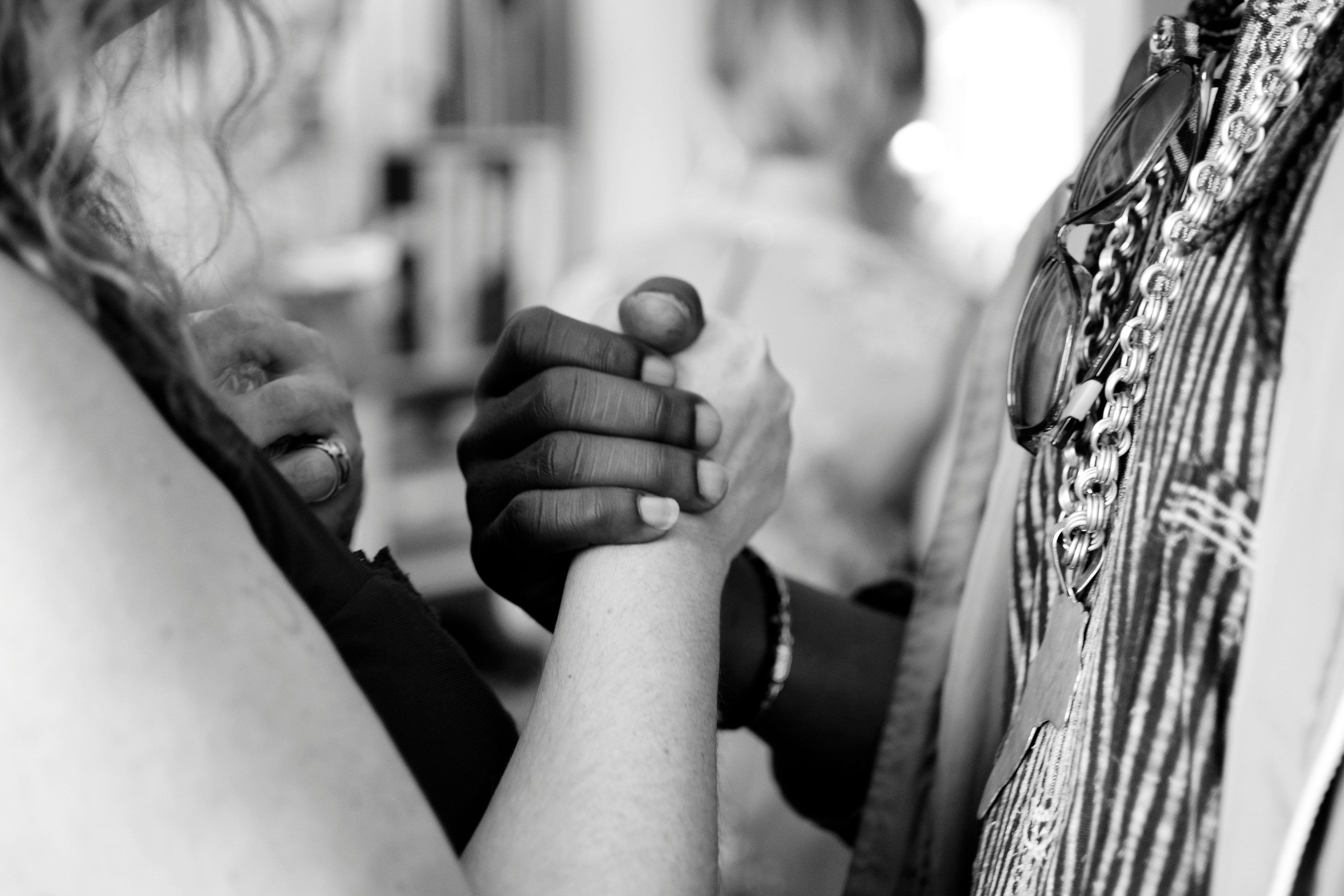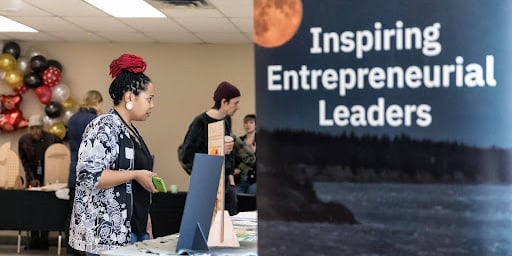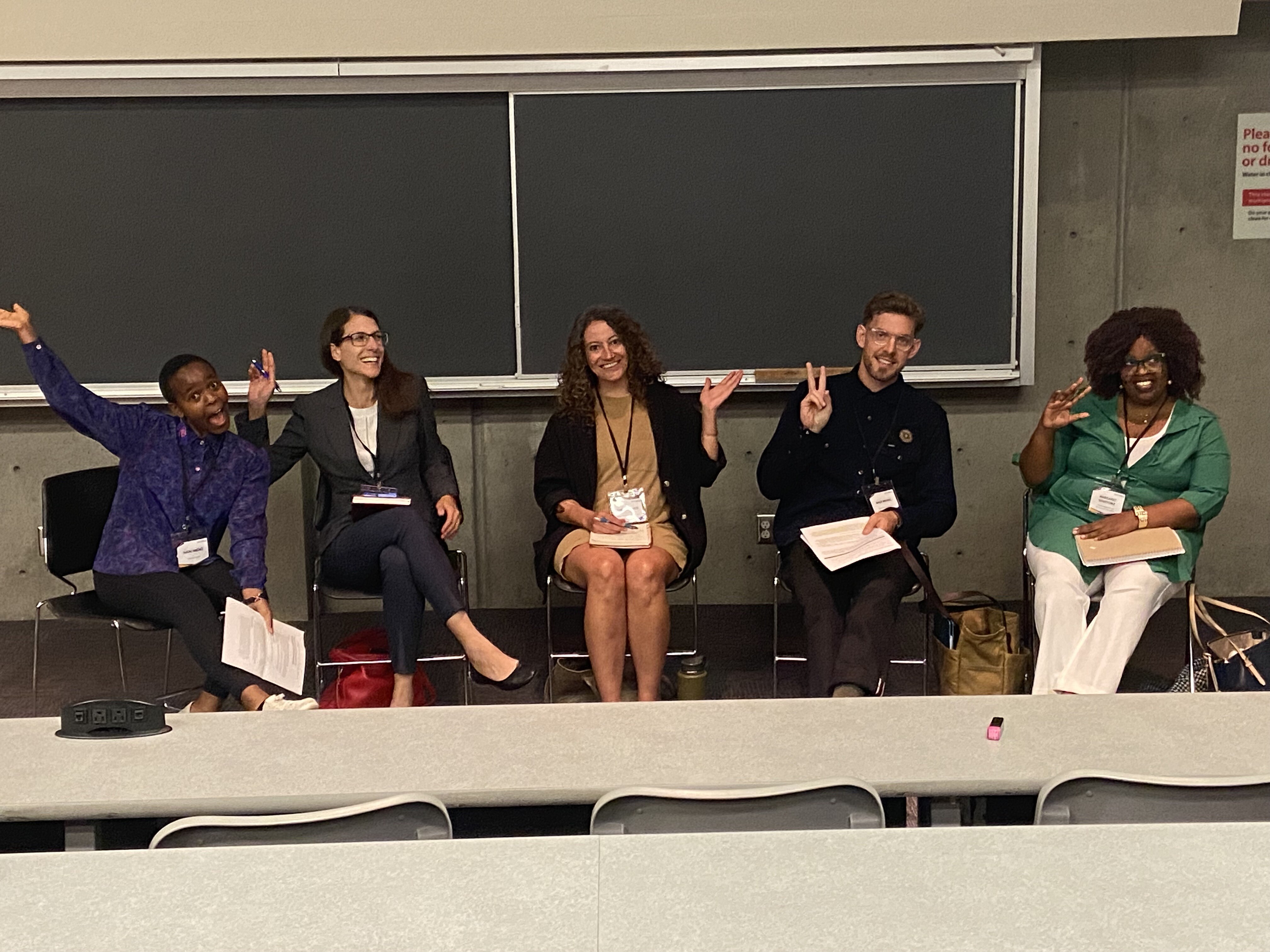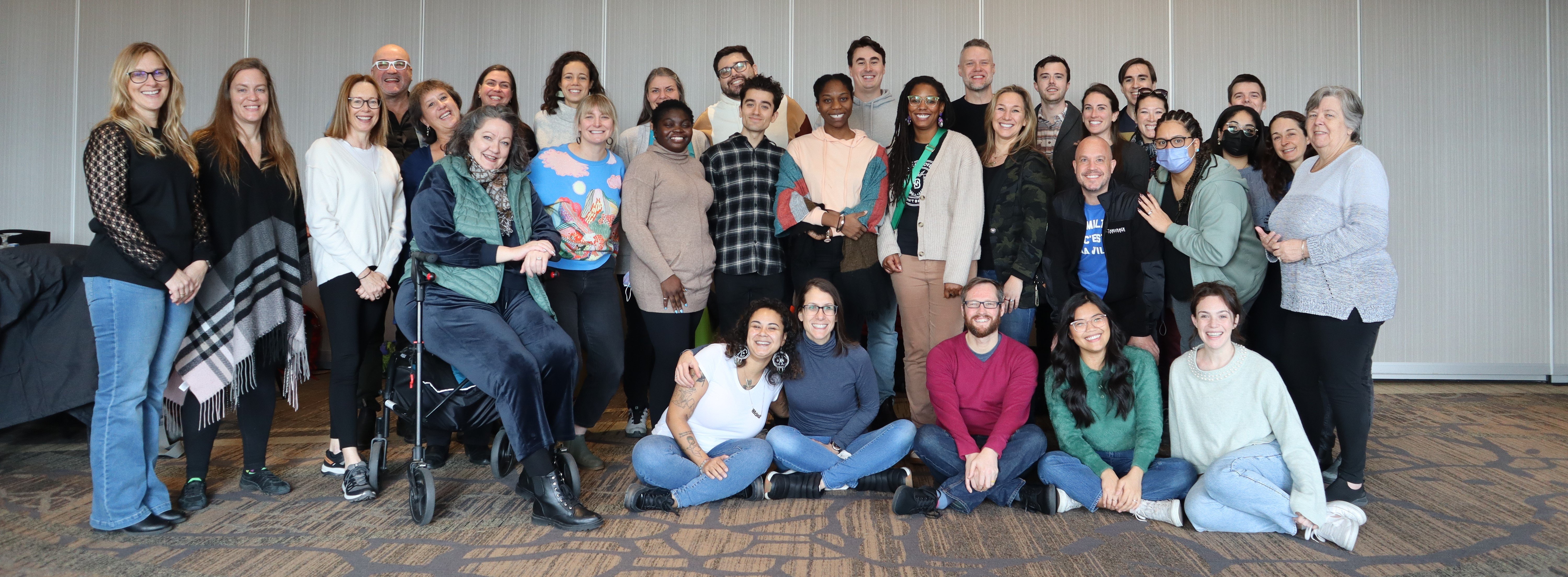"A budget is but one tool" – this really resonated when my fellow panellist Robert Asselin shared this midway through the Budget 2025 plenary on the closing day of the Canadian Science Policy Centre’s 2025 Conference yesterday.
Many people read and heard about the new federal government budget with zero balance bank accounts, no homes, growing debt, unmet health needs, or crushing stress about the next car or rent or mortgage payment. Life is a lot, and this budget was both highly anticipated and - once read - a reminder that no single tool, project, or sector will create the future we want. A reminder that it takes coordination and courage from all sectors and all levels of government – something that Parliamentary Secretary Karim Bardeesy reflected on during his panel remarks.
When I read this budget and consider the thoughtful analysis that Shannon Storey and David Waters offered to open the panel, I got to imagining. How might we activate the budget’s commitments? What role do we believe this budget can play in an equitable future?
Imagining ownership and engagement. This budget will build things - houses, roads, and pipelines. I wonder:
-
As we build the things that house and move us and support a strong economy, will we build them in ways that bring us into community together? Will we build spaces that address the crises of loneliness, disconnection, and polarization?
-
Will we build these things in ways that authentically engage the communities they are meant to serve in planning and doing the work? Will we build in ways that leave people more connected to and committed to their places and the people in them?
-
Will the AI support continuums of housing solutions, support neighbours to take care of each other, and provide better predictive data to build resiliency in the face of climate emergencies? Will it make more visible the tens of thousands of local innovations that are addressing jobs, affordability, housing, and the wealth inequity that undermines economic performance and democracy? Will they incorporate accessibility of new technology, offering opportunities for digital devices and broadband to everyone on these lands?
When I think about the “things” this budget will build, I imagine a possible future where federal dollars catalyze more community ownership of land, homes, and infrastructure, where appreciation is shared, and where surplus is reinvested into community amenities, local jobs, and social enterprises. I imagine economic mobility and prosperity for all as the result that drives how we build.
Imagining participation. Federal budgets include more money than most of us typically get to think about. So I wonder:
-
Will contracts go to local businesses and entrepreneurs, with an emphasis on Black, racialized, Indigenous, female and rural-run entrepreneurs and enterprises, that have the most barriers to accessing capital? On the panel, Victoria Lennox, MSM, reflected on related topics and noted the importance of publicly available data to catalyze progress.
-
Will local communities be enabled to hold equity in what’s being built?
-
In its focus on talent, will this budget build the skills of empathy, deep listening, collaboration, and care - skills that are foundational to how we navigate the times ahead?
-
Will this budget defend against the forces threatening human connection, digital capacity, and resilience to floods, heat domes, fires, and other climate events? Will it address the wealth inequality that threatens democracy and civic engagement? (Thank you, Max Peacock, Rahim Rezaie, PhD., Andrea Nemtin (M.S.M.), Sandra Lapointe, and David for the conversation yesterday afternoon on this topic.)
When I think about this budget’s size and signals, I imagine a future that builds capacity for more people to participate in what’s needed, a future that blends public and philanthropic and private dollars to enable faster and bolder action, and a future where collaboration is the norm and where we’re defending against the full range of threats.
Imagining the community sector's assets fully deployed. The budget puts some support toward fundamental rights to things like housing, healthcare, and human-centred social systems. The community sector - nonprofits, charities, local cross-sector collaboratives, and volunteer groups - plays and will continue to play huge roles in enabling these supports. (For more on this from the federal government, see the 2025 Report of the National Advisory Council on Poverty and the Chief Public Health Officer’s Annual Report.
As well, while improving quality of life, wellbeing, and poverty, the community sector is also a source of innovation. And so, I imagine a future in which the sector’s “technology” has been recognized and deployed.
This technology isn’t a quick technical fix. It isn’t AI or software-based. It’s a human-powered blend of passion, purpose, processes, pathways and skills trained on equitable outcomes and a strong community. (I'll write more on how I see that technology soon.)
From imagination to execution. After brilliant audience questions, our host, Elicia Maine, closed by asking each panellist to share a call. Feeling the passion and purpose in the room, this came easy:
Imagine the future you want to contribute to. Seek out unusual partners who orient in the same direction. Listen really well, and be accountable for doing something different as a result of the collective wisdom.
On our panel, Laurent Carbonneau noted that execution matters. We have a budget, and there are many possible versions of what could come of it. Let’s leverage local assets, build community, stretch into new ways of relating to each other, build community ownership, and in doing so, revitalize communities and lands.
Thank you to Mehrdad Hariri for the opportunity to share and learn on this plenary, to the many organizations that offered pens and stickers (and a hat!) to bring home to science-loving kids, and to Timothy Draimin, Mary Pickering and Justin Williams for looking at the notes that shaped what’s above. Thank you to the millions of people who build community and from whom we learn every day.


